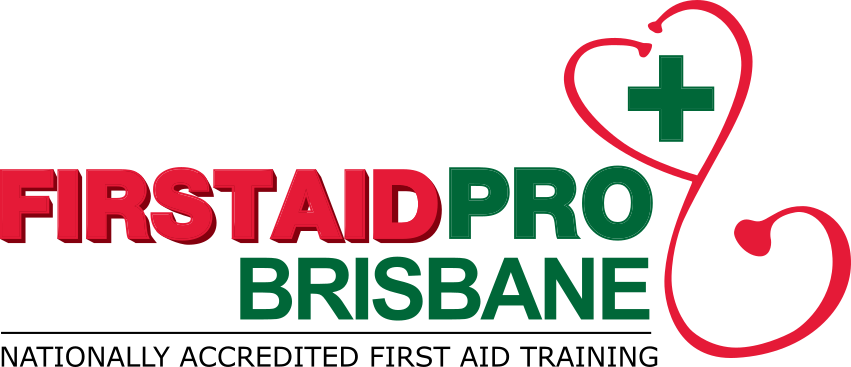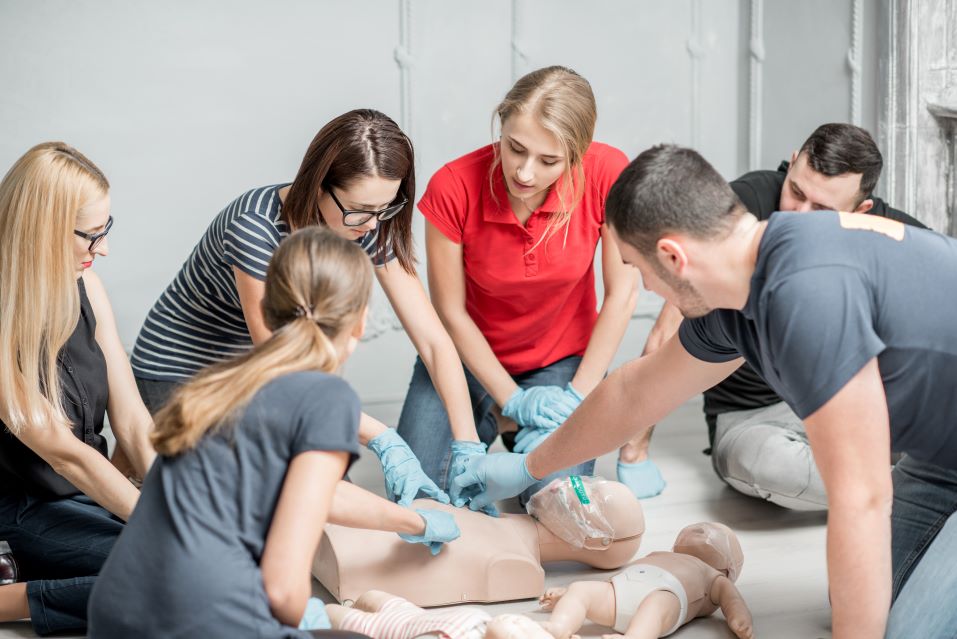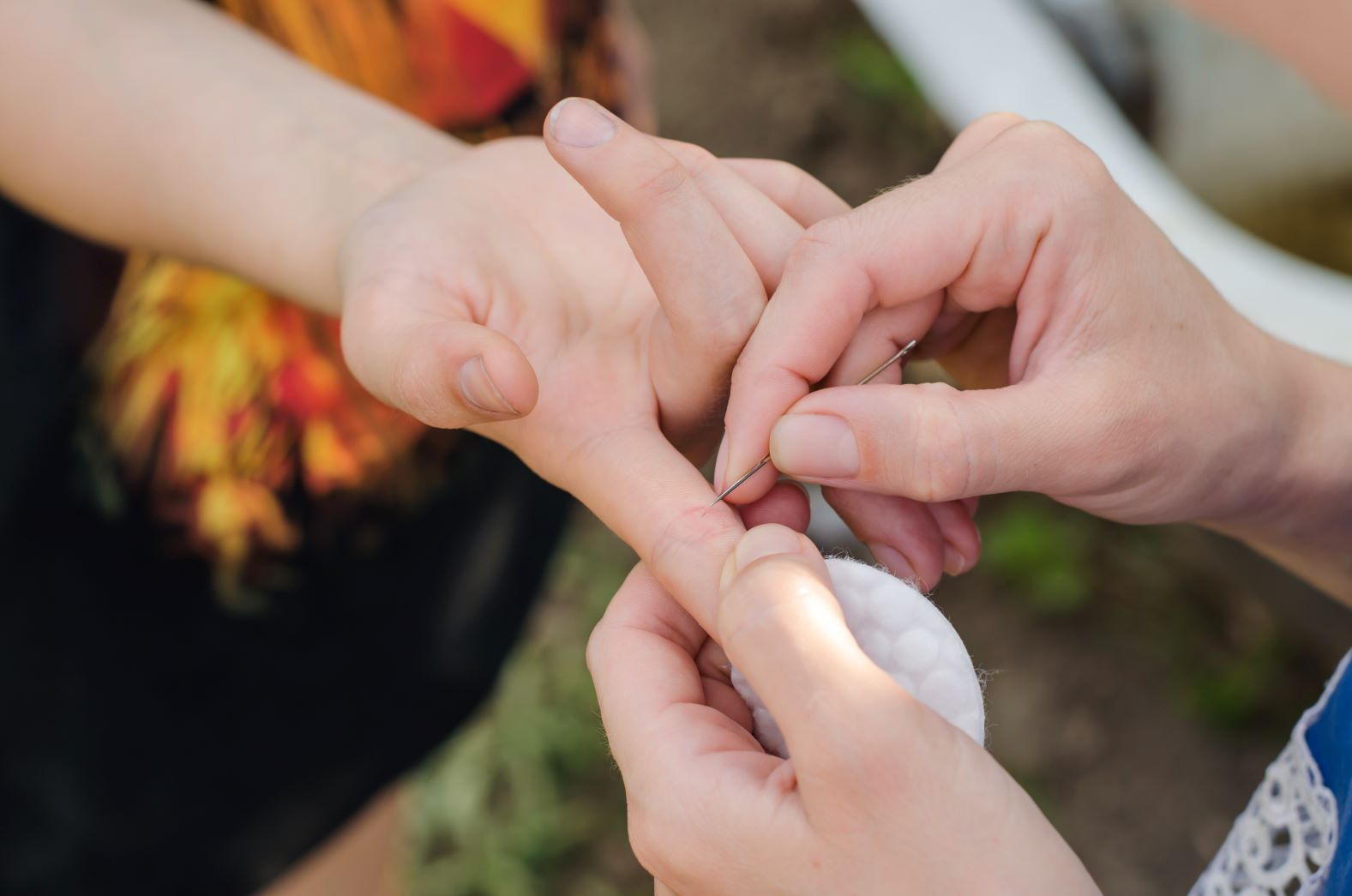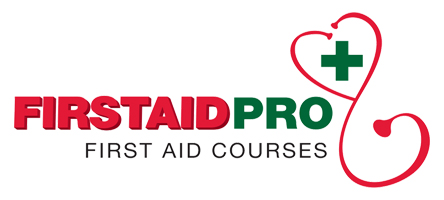Bone fractures, commonly known as broken bones, happen to thousands of Australians every year due to poor bone health.
A bone may suffer from a partial or complete fracture in several ways – crosswise, lengthwise, and multiple pieces. The injuries are painful and usually take time to heal, but we know that many of these bone fractures could and should be prevented.
Types Of Bone Fractures
A bone fracture occurs when the bone receives a direct blow or hit that crushes a nerve and causes severe bruising. The external force is stronger than the bone can bear and bring disturbance to its structure and overall strength.
Such injuries can lead to mild to severe pain, loss of function, and sometimes bleeding around the site.
The severity of the fracture will depend on the force that caused the injury. If the breaking point exceeds the limit, the bone may crack and break all the way through.
Common causes of bone fractures are traumatic accidents, including sporting injuries, vehicular crashes, gunshot wounds, and falls. Other health conditions such as osteoporosis and some types of cancer can also make the bones brittle.
These results to easily fractured bones, where even minor trauma can develop into something more serious.
There are different types of fractures, depending on the strength and direction of the force, the particular bone involved, and other factors.
Common types of bone fractures include:
- Stable Fracture – the broken ends of the bones are clean, with their parts in alignment (or maintaining their original position.
- Open (Compound) Fracture – the broken bone pierces or breaks the skin, and the bone may be visible from the wound.
- Transverse Fracture – the broken bone is perpendicular to the shaft of the bone.
- Oblique Fracture – the broken bones are in an angled pattern.
- Comminute Fracture – the bone is broken into three or more pieces.
Symptoms Of Broken Bones
Bone fractures are different from other injuries involving the skeleton, such as dislocations. However, there are instances where it is hard to tell them apart, and the person may suffer more than one type of injury.
When in doubt, treat the injury as if it is a fracture.
The clear symptoms of a fracture will depend on which particular bone is damaged and the severity of the injury. It may include:
- Intense pain on the injury site
- Bluish colour, swelling, or visible deformity
- Numbness in the surrounding area
- Bone sticking through the skin
- Heavy bleeding at the site
- Difficulty in moving and using the injured body part
In some cases, the body part may look crooked and different from before the injury.
First Aid Care For Broken Bones
Provide first aid treatment to someone suspected of a broken bone.
Stop The Bleed
If there is bleeding at the injury site, elevate and apply just the right pressure to the wound. Use a sterile bandage or a clean piece of cloth when applying pressure.
Immobilize The Injured Area
If the broken bone is located in the neck or back, encourage the person to stay as still as possible. For limb fractures, it is best to immobilize the area using a splint or sling.
Apply Cold To The Injury
Use an ice pack and press it to the injury site for up to 10 minutes at a time. Doing so will help with swelling and relieve pain.
Treat Them For Shock
Help the person get into a comfortable position, let them rest, and provide reassurance. Use a blanket or clothing to keep them warm and watch for signs of shock.
Get Professional Help
Call triple zero (000) for emergency medical assistance. Continue providing first aid care until paramedics arrive.
When To Seek Help?
If the person feels faint, has trouble breathing, or suddenly becomes unconscious – call 000 and start CPR.
Seek professional help if:
- The broken bone happens to be in the head, neck, or back area
- The broken bones pushed or stick through the skin
- There are symptoms of shock
Otherwise, help the person go to the ER so a doctor can provide a diagnosis and recommend the appropriate treatment.
Conclusion
If left without treatment, a broken bone can lead to various complications and, in worse cases, can be fatal.
If a bone is not realigned, repaired, or put back into place properly, it can cause additional wear on the joints, which increases the chance of developing arthritis later.
With quick and effective treatment, a bone fracture usually heals well. In a matter of weeks or months, the person will be back to their normal routine before the injury.
Learn first aid and how to treat broken bones, fractures, and dislocations.








